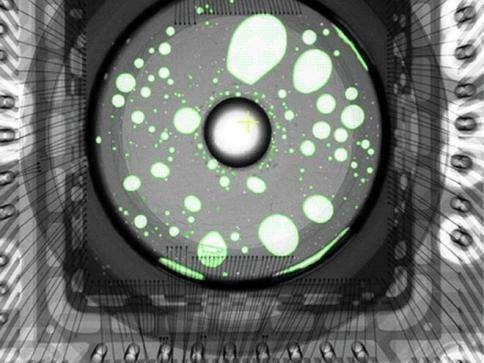The detection principle of X-RAY for detecting internal defects in fuses
Release time:2024-04-12Publisher:Jeenoce
The X-RAY detection technology has developed into the most important perspective detection technology for wire wound fuse resistance. In optics, both X-rays and natural light are electromagnetic waves, but the energy of the quantum of X-rays is much greater than that of visible light. It can penetrate objects that cannot be penetrated by visible light, and at the same time, it will undergo complex physical and chemical interactions with substances, causing atoms to ionize and even causing certain substances to undergo photochemical reactions.

According to the principle of light, if there is a defect in the wire wound fuse, it will change the attenuation of the object's radiation, causing a change in the intensity of transmitted radiation.
The characteristics of X-RAY are due to its short wavelength as an electromagnetic wave, which is a photon with a wavelength of 10-10cm. The basic principle of the X-RAY detection system is that the penetration of X-rays is different from other chemical substances. Its penetration ratio is related to the material, thickness, and density of the material. If there is tension or breakage inside the wire wound fuse, the X-ray intensity of the defective part should be higher than that of the non defective part. Due to the low absorption capacity of defective areas, the X-ray intensity received by sensitive optical instruments is much higher.

